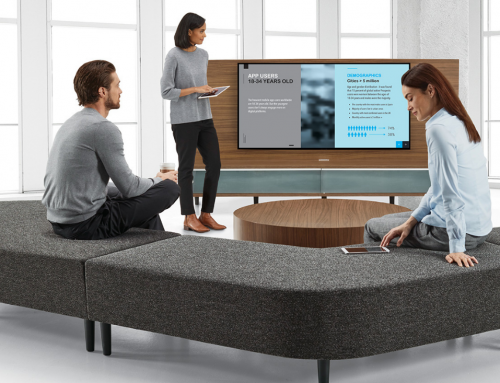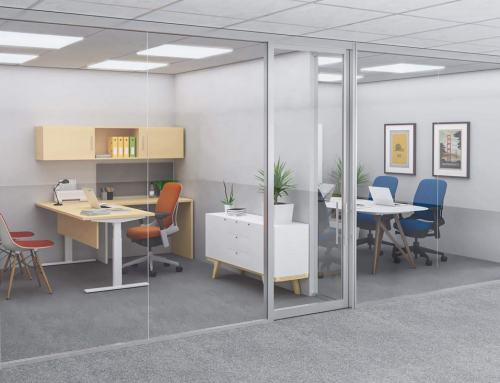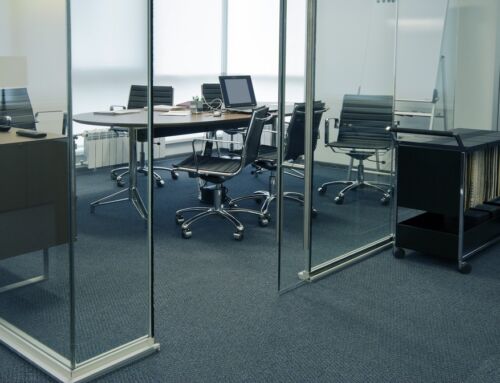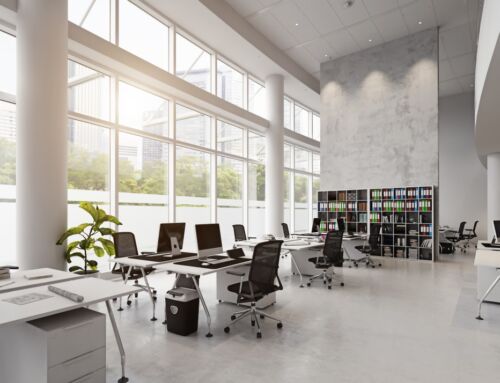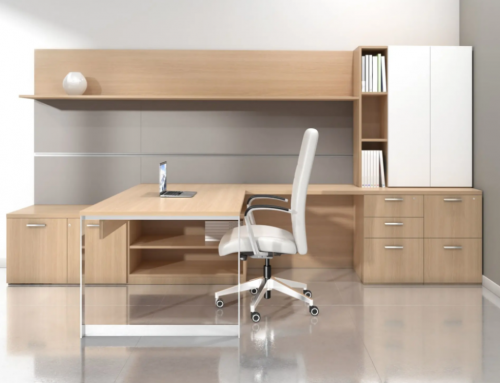Tips to Plan a Collaborative Office Furniture Space
For most organizations, teamwork and productivity are essential aspects of effectively carrying out daily work which is why collaborative office furniture is so important. Diverse perspectives assist in coming up with innovative or creative ideas and helping to overcome problems and obstacles. However, collaboration doesn’t just happen; it must be facilitated and encouraged.
For this very reason, many businesses seek out companies that offer office interior design services. They want to plan and create a workspace that encourages this form of collaboration to happen. Here – we look at six critical steps that can aid businesses and design teams to accomplish this.
1. Open Plan Areas
Recently, the open plan concept has suffered something of a backlash, with research suggesting it can be detrimental to productivity and overall employee health and happiness. However, when attempting to plan a productive space with collaborative office furniture, open-concept layouts can be vital for facilitating ideas and information sharing.
The bulk of criticisms of open concept office designs stem from the amount of noise generated within them and lack of privacy available to employees. This can lead to an array of potential problems. Heightened stress levels, lower overall productivity, more distractions, and a weaker standard of the work being produced.
Open concept spaces, however, still allow for more convenient interactions and increased flow of information, since colleagues can be more easily approached for discussions. Many of the drawbacks of open concept designs can also be alleviated by adding quiet areas in the office, as we will cover later on.
“A lack of walls or other physical barriers in open-plan office spaces makes it easier for employees to interact with each other on a regular basis. Colleagues can turn to each other for advice or assistance without having to knock on doors or schedule a formal meeting.” Shari Parsons Miller, writing for Chron.
2. Social Spaces
The best office interior designers go beyond the main work areas when planning offices that encourage collaboration. In fact, one of the most essential elements is the establishment of dedicated social spaces. Spaces where people with completely different areas of expertise can engage with each other away from their desks. This enables people who work on different floors, or in different rooms, to interact and communicate.
Samsung, as an example, created several outdoor social areas when planning their US headquarters. The express intention was to encourage employees from various departments to interact with each other.
“The most creative ideas aren’t going to come from sitting in front of your monitor,” says vice president of Samsung Semiconductor, Scott Birnbaum. “The Samsung office is designed to spark not only collaboration but that innovation you see when people collide.”
Birnbaum’s words are supported by research conducted by the Harvard Business Review, which shows that ‘random encounters’ or spontaneous interactions often lead to improved business performance in employees. Specifically, the research shows that such encounters could boost productivity and innovation.
3. Flexible Layouts
An alternative way to improve collaboration is to offer a variety of different workspaces and allowing employees the freedom to move from one to another as they wish. Depending on the nature of the work they are carrying out, their current mood, or the level of concentration needed, they can find a space to suit.
As mentioned earlier, this is an effective way to handle some of the drawbacks associated with providing open-concept spaces, without the need to sacrifice the benefits attributed to those designs.
Incorporating private spaces in an office designed to encourage collaboration may seem counter-intuitive, but there is a good reason for it. If you do not provide employees with appropriate sound privacy when needed, they will do what they must to make their own. This could be, for example, wearing headphones to mask out background noise.
When this occurs, staff may develop a habit of doing so even when they do not particularly need sound privacy, tuning themselves out of potential collaborative opportunities even when they are in open-plan areas. By providing private areas, staff can be encouraged to seek out sound privacy when it is most needed.
4. Office Branding
Lastly, office branding is also an essential part of the process of planning an office space using collaborative office furniture. This might seem like an unusual priority, but the branding of an office space is highly influential on the culture that develops there. This is important for ensuring employees know that teamwork and collaboration are desired.
“When most companies consider their brands, they rarely venture beyond the design and implementation of a logo,” says senior associate at Gensler, Brian Brindisi, during an interview with Metropolis. “A good brand does more than establish a visual language; it creates an immersive experience for every person who enters their workplace.”
Consider some ways you can communicate collaboration with branding. Maybe you can achieve this with effective use of color and company slogans., It is, however, more likely that you will need to take extra steps.
One suggestion might be to incorporate inspirational quotes about teamwork hanging or painted on the walls of your spaces in addition to having collaborative office furniture. Also, company literature in the workplace could refer to the team, as opposed to individuals.
5. Provide an Outlet Area
Among the common areas in the workplace, include a break room or game room where employees can unwind and get to know their coworkers in a relaxed environment. Think about it; water cooler stories always make the best stories, right? Some workspaces go as far as having beer fridges, game rooms, free food, bars, and ping pong areas. Social interaction outside of the work realm can have significant benefits like having better chemistry and collaboration at work. This straightforward change in office design can provide a space that gives workers space and time to socialize, which will help increase collaboration.
6. Bring in Modern and Ergonomic Furniture
Out with the cubicles and uncomfortable desk chairs and in with contemporary benches, yoga balls, community tables, and standing work desks. Ergonomic furniture helps with those strenuous work hours because of the comfort they provide and can lead to increased productivity from employees. It’s also easier to collaborate when you have a comfortable setting. Workspace furniture designed with collaboration in mind can help strengthen the ability for open dialogue and the opportunity to bounce ideas off peers. Planning a productive office space could be as easy as trading out furniture for collaborative office furniture, and the change could have a positive effect on the group dynamics of your organization.
Written by:
John Ofield
President/CEO at Collaborative Office Interiors
Collaborative Office Interiors is a complete office furniture and systems provider in the Houston, Austin and San Antonio area. COI specializes in providing high quality/low-cost solutions to companies that are moving, upgrading or expanding.
John opened ROSI Office Systems in 1993 and the company today is on Inc. Magazines’ Top 5000 Fastest Growing Companies in 2018. John specializes in new office furniture, space planning, new workstations, Work Fit products, remanufactured Haworth cubicles, asset management, furniture liquidation, and office furniture rentals.
